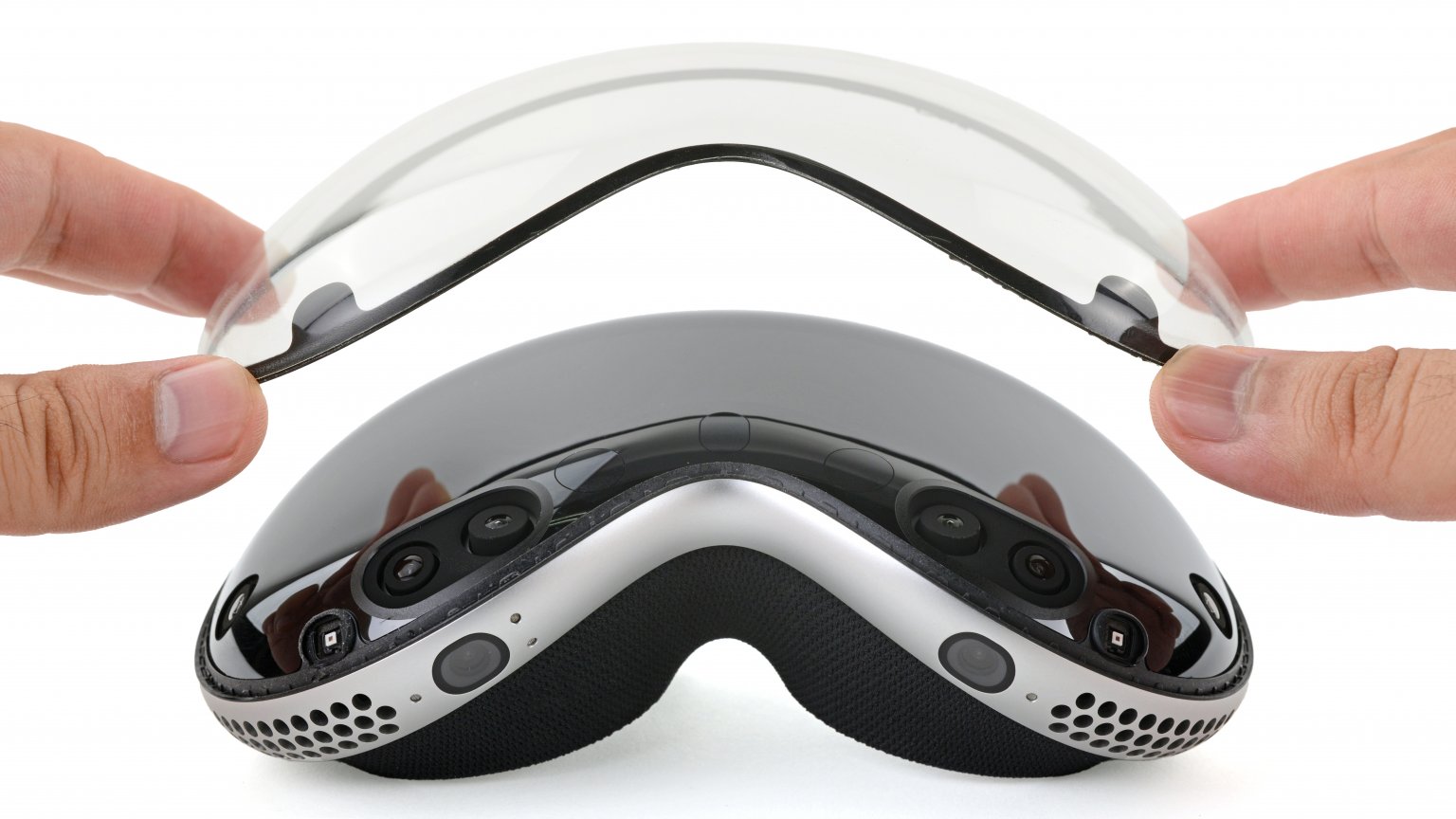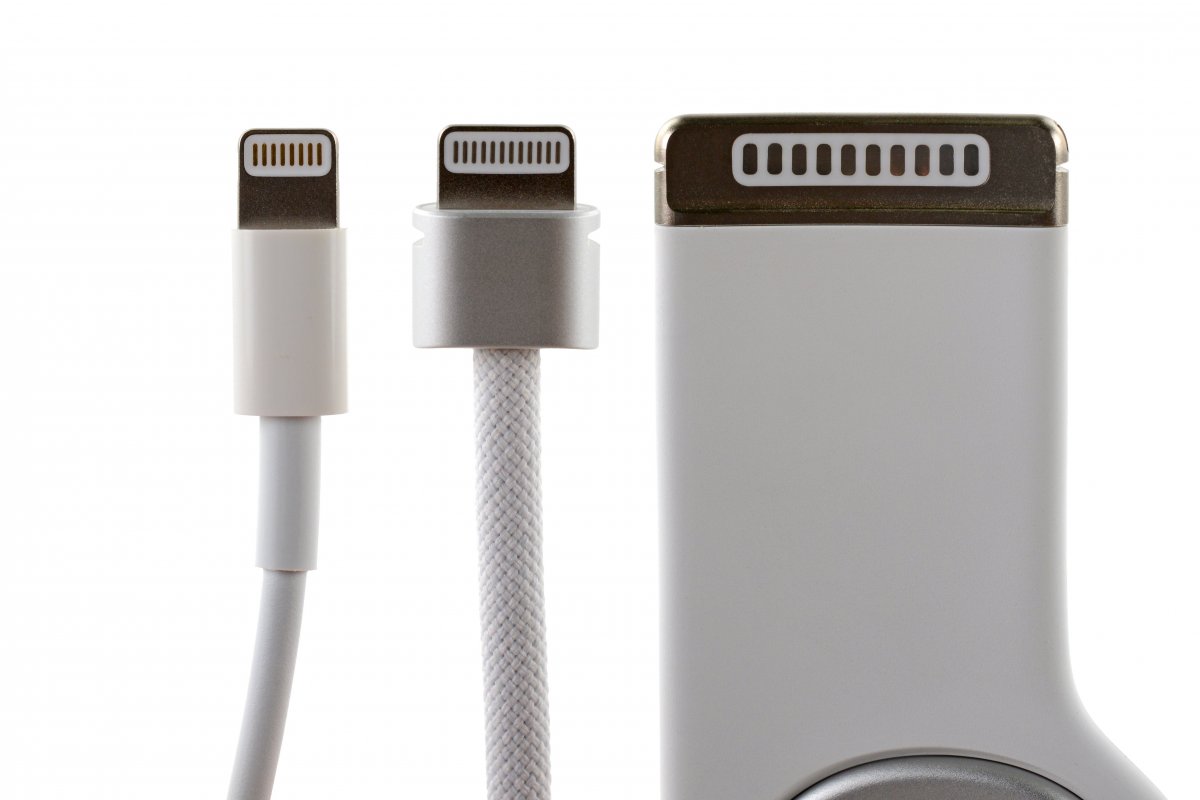iFixit's Apple Vision Pro teardown gives a look at the insides of the spatial computer
Impressive engineering, but not perfect.

Apple Vision Pro went on sale very recently, and we're already seeing drop-tests, and more. Now the experts themselves, the folks at iFixit, have done a teardown of the Vision Pro, revealing the engineering that goes into building this first-generation product, and some potential issues with repairability.
The teardown was pretty smooth, and although the Vision Pro has a ton of screws, the overall disassembly went by without many issues. The revelation here was how the EyeSight technology works, and some insight into why it looks the way it does.
Apple Vision Pro teardown reveals how EyeSight works
To begin with, iFixit was able to remove the outer glass panel without causing damage to it. Only the protective plastic film got a bit peeled up, but it was pretty clean otherwise.
iFixit also showed off the two mutated versions of Lightning connectors that you can find in an Apple Vision Pro.

EyeSight has been one of those components that has attracted the most criticism from users and non-users alike. The teardown was able to explain how the setup works. It seems to have been achieved by using a combination of lenticular layers
"It turns out that when the EyeSight displays your eyes, it isn’t just displaying a single video feed of your eyes; it’s showing a bunch of videos of your eyes. Exploring inside the glass shell, we found three layers for the front-facing display: a widening layer, a lenticular layer, and the OLED display itself."
Lenticular lenses display different images at different angles, which is useful in the Vision Pro. "The Vision Pro has a lenticular layer on top of the exterior OLED panel. VisionOS renders multiple face images—call them A and B—slices them up, and displays A from one angle serving your left eye, and B from another serving your right eye. This creates a 3D face via the stereoscopic effect. And those angles are tiny, and they are legion, it takes a fancy Evident Scientific microscope to really see what we mean."
Master your iPhone in minutes
iMore offers spot-on advice and guidance from our team of experts, with decades of Apple device experience to lean on. Learn more with iMore!
In terms of repairability, iFixit notes that "it’s not great," but some of the connections are "delightful." The Vision Pro is now available in the US, but if you're anywhere else, it's going to be difficult to get one.

Palash has been a technology and entertainment journalist since 2013. Starting with Android news and features, he has also worked as the news head for Wiki of Thrones, and a freelance writer for Windows Central, Observer, MakeUseOf, MySmartPrice, ThinkComputers, and others. He also worked as a writer and journalist for Android Authority, covering computing, before returning to freelancing all over town.
